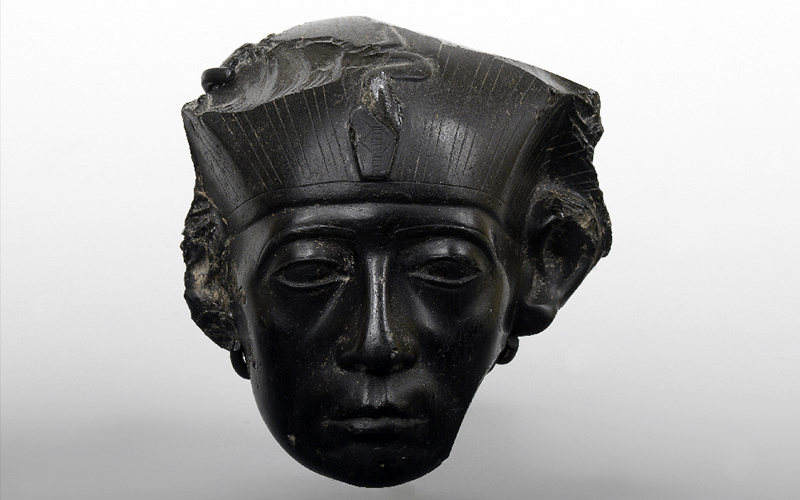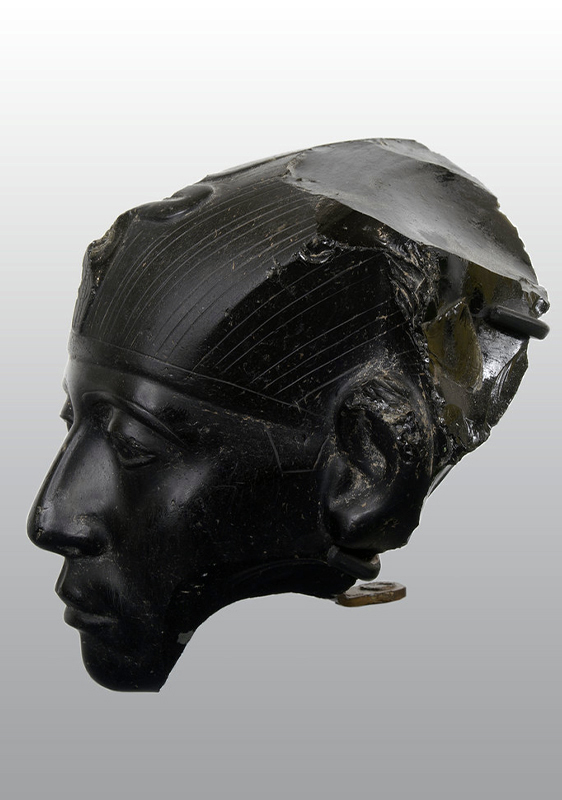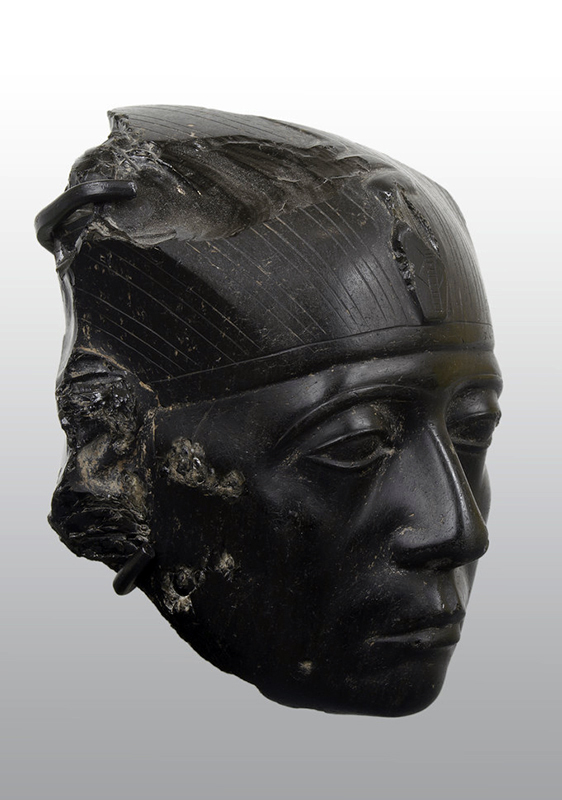Senwosret III

Pharaoh Senwosret III ruled over Egypt for approximately 37 years, at a time of great prosperity in the region. He became well known above all for his military victories, which helped to expand the frontiers of the kingdom.
One of the most emblematic rulers of Ancient Egypt, Senwosret III, the fifth king of the 12th Dynasty, became a symbol of the Egyptian monarchy among classical authors, having taken various measures that contributed to the reinvention of the Egyptian State. One of the many transformations that took place as a result of his reign was in the field of art: works produced during this time broke away from the previous tradition, characterised by a higher degree of realism and great attention to detail.
The most famous works from this period are the statues dedicated to the Pharaoh himself. Senwosret III is depicted in various busts, portrayed at different stages of his life: sometimes older, symbolising maturity and wisdom, at other times as a young man. Some of these works currently belong to the collections of various museums around the world, such as the British Museum, in London; the Louvre, in Paris; the Neues Museum, in Berlin; and the Metropolitan Museum of Art in New York. The sculptures have various characteristics in common, such as the nemes (the headdress) depicting the uraeus (the sacred serpent).


The Pharaoh had his pyramid built in Dahshur and its ruins were discovered in 1839. French Egyptologist Jacques de Morgan went down in history for leading the first scientific expedition to the site. It took several months for his team to find the entry to the tomb, which was empty; however, the pyramid still contained the tombs and treasures of Senwosret III’s queens and princesses. Four funerary boats were also discovered at the site.
The head purchased by Calouste Gulbenkian in 1922 was part of a full body sculpture of the Pharaoh, made of obsidian, a volcanic rock. Before its acquisition by the collector from British Reverend William MacGregor, together with 15 other objects, it was displayed in Burlington Fine Arts Club, in London. It is believed to have originated from Medamud, close to the present-day region of Luxor.
A Collection of Stories
On a weekly basis, we shared a story around Calouste Gulbenkian’s collection. This section was created in 2020, which is why the articles refer to the Calouste Gulbenkian Museum collection as the Founder’s Collection.